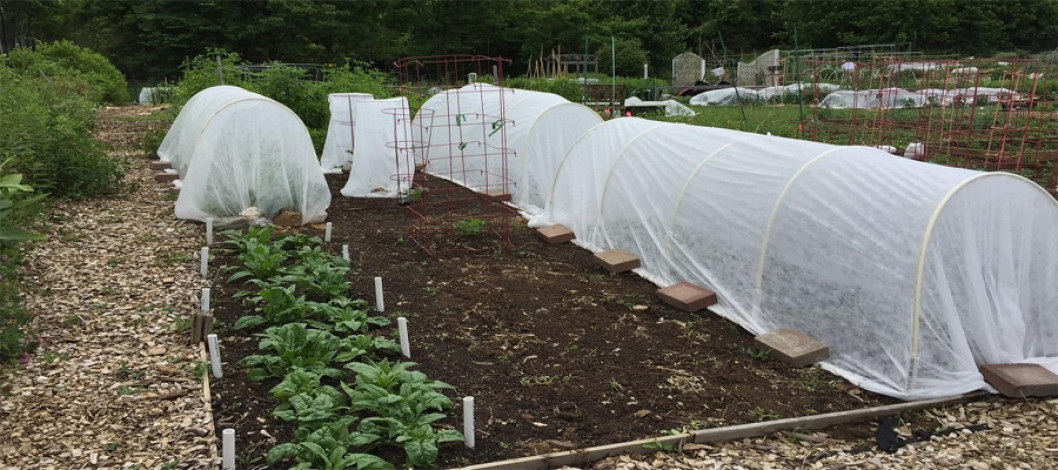
File Photo
Non-woven fabric is a kind of material with moisture-proof and breathable effect. It does not require a woven fabric, only small fibers or filaments need to be oriented or randomly arranged to form a mesh structure. So what is the role of non-woven fabric in seedling cultivation, let's see.
When the non-woven fabric is placed on the bottom of the tray, it can ensure that the tray does not stick when raising seedlings and improve the efficiency of seedling growth. Control water 7 to 10 days before planting, combined with seedbed management before planting. If there is a shortage of water in the medium, a small amount of water can be added appropriately but the nursery bed should be kept as dry as possible. Sandy soil seedbeds are easier to keep free of mud when non-woven seedlings are raised. If it is seed bed with white soil or cohesive soil or woven fabric is used, it is recommended to use non-woven fabric instead of woven fabric. However, it is recommended to rock the tray while spreading the yard and fill the bottom tray with floating soil in time. The gauze should not be stretched too tightly to prevent the tray from hanging in the air.
Non-woven fabric is spread on the plate and under the plastic film. The process is usually sowing the seeds and covering the soil, and then covering with cloth. It can have the corresponding heat preservation and moisturizing effect without direct contact with the plastic film, and the seedlings are not afraid of roasting. If some plants are watered after planting, the non-woven fabric can prevent water from washing away the soil, thereby exposing the seeds.
Non-woven fabric covers the seed bed to prevent extreme temperature changes, but everything grows in sunlight and mulch has a severe effect on moisture retention, so the role of non-woven fabric in agriculture is needless to say.
Comment Now